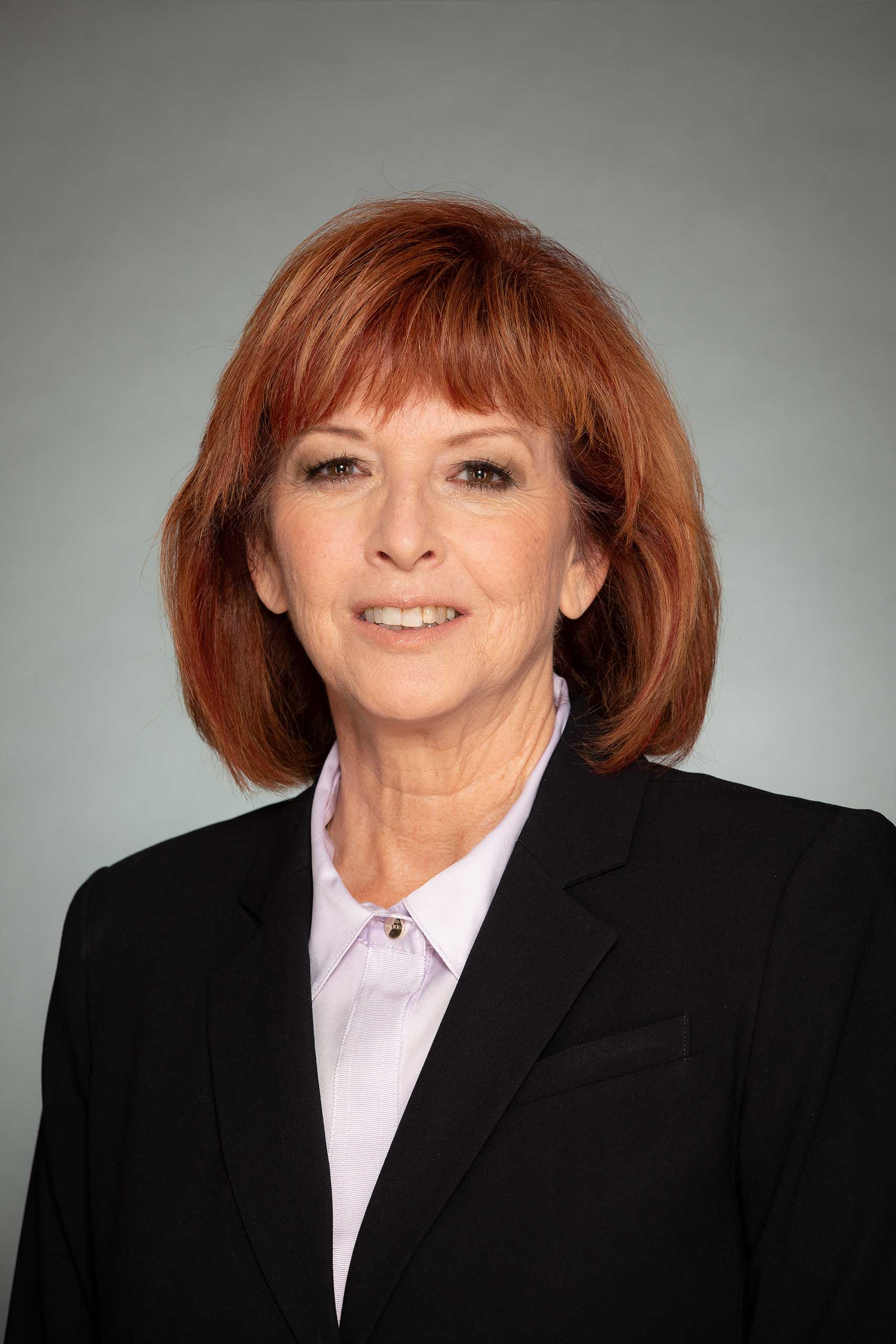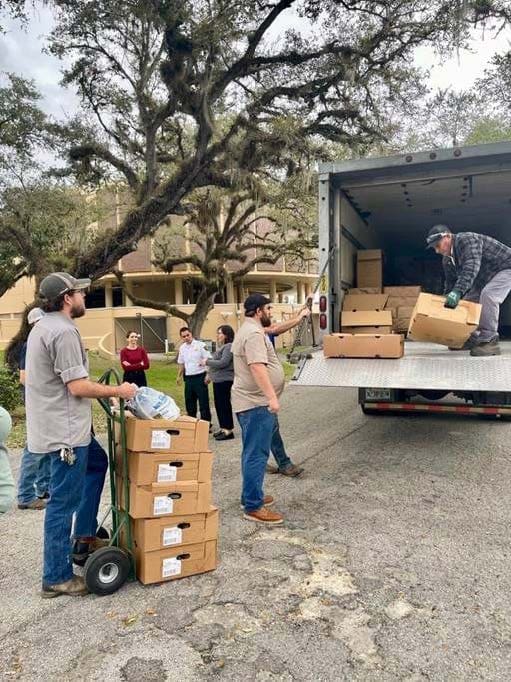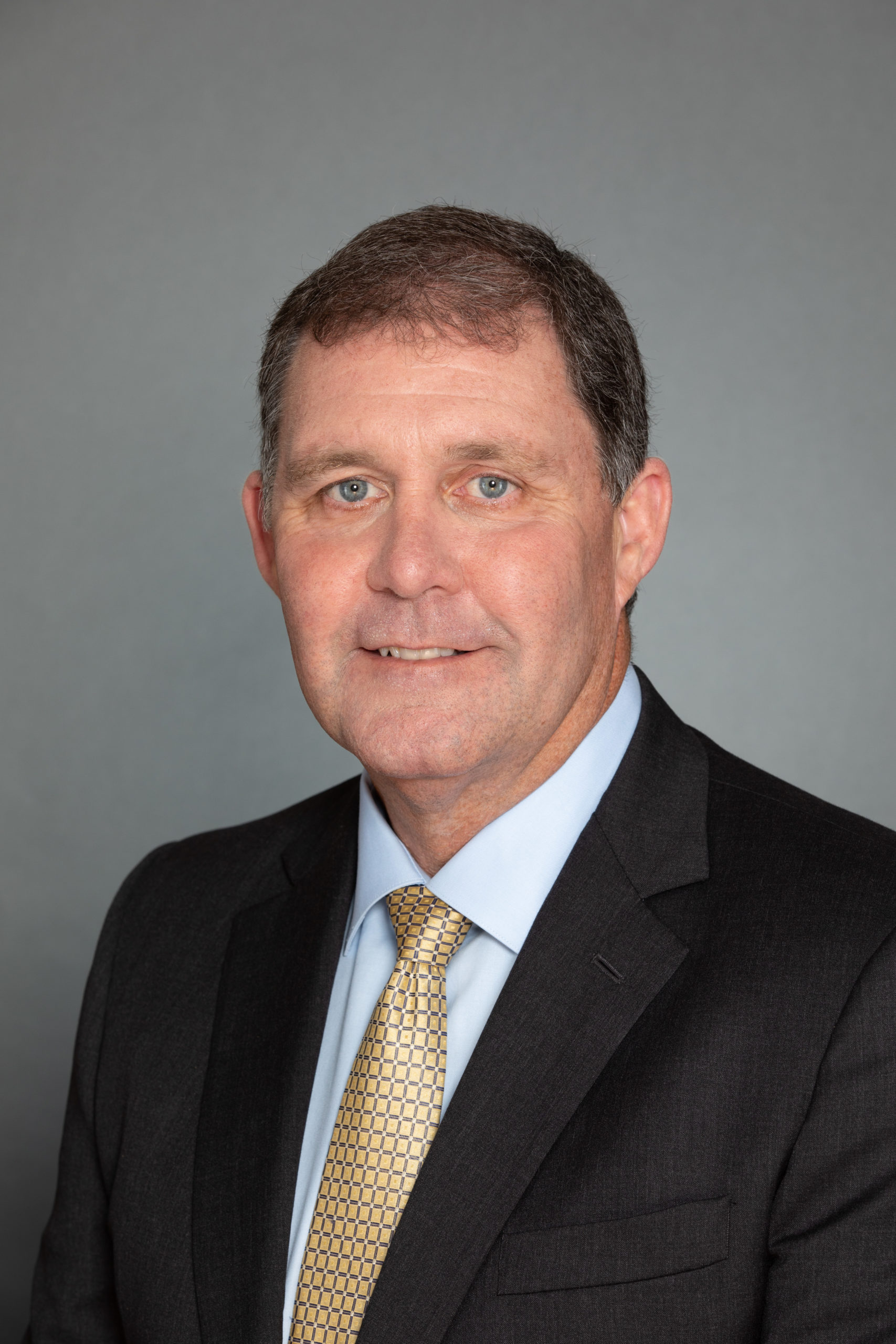Column: Massive Fish Kill Emphasizes Florida’s Failure to Follow Science
By Nancy Smith
Sunshine State News
March 28, 2016
Thousands upon thousands of dead and rotting fish float belly-up in the polluted Indian River Lagoon, devastating indictors of the state’s failure to control nutrient levels in one of the most bio-diverse waterways in the country.
“They were suffocated. They could not breathe,” Robert Weaver, Ph.D., director of the Indian River Lagoon Research Institute, said of the blanket of fish stretching as far along a 50-mile waterfront as the eye could see. He said at 2 a.m. Saturday there was no oxygen at the depth of water where he was taking samples near Sykes Creek in Merritt Island.
Brian Lapointe, Ph.D., marine algae specialist and research professor at Florida Atlantic University’s Harbor Branch Oceanographic Institute, told Sunshine State News the algae blooms and brown tide represent a perfect storm of high levels of fecal coliform, El Nino gullywashers bringing other polluted runoff, a sudden spike in temperatures and a depletion of oxygen levels for fish and other marine wildlife.
Actually, the kind of perfect storm that ultimately follows when we ignore what science tells us.
“This meltdown of the Indian River Lagoon starts way up in Volusia County,” Lapointe explained Monday. “The bloom and brown tide actually began last fall in the North and moved south. It hit the Sebastian Inlet area in early February 2000. Measurements for biomass in the water included 200 mg. per liter of chorlophyl A — that’s a big, big bloom.
“All those algae blooms die and strip the oxygen out of the water,” he said. “The low oxygen is exaccerbated by the temperature spike.”
Could this devastation have been prevented? Lapointe was emphatic. “Absolutely,” he said. “The problem is, there is so much bad information out there, so much emotion and politicizing of the issue and so little emphasis on real science. Go back 26 years and look at the Indian River Lagoon Act. It identifies sewage hot spots. They knew human waste was a major problem even back then, but nobody wanted to deal with the issue. People wanted to keep their septic tanks, the status quo was cheaper than converting to a central sewage system.”
The exception was Port St. Lucie.
By 1990 the city of Port St. Lucie was converting its utilities — water and sewer — to a central municipal system. It was a painful process — each homeowner had to foot the bill to construct the system, the state never provided a dime. “It was the largest wastewater septic tank conversion in the country,” PSL Mayor Gregory J. Oravec told SSN.
But, even though the entire city was converted by about 1996, residents were told they didn’t have to hook up until their well fields failed — meaning water improvement in drainage canals and the North Fork of the St. Lucie River was slow in improving for the first 10 years.
According to PSL Utilities Department figures, there are —
· 18,664 active residential septic systems in the city and another 1,131 systems in use within portions of unincorporated St. Lucie County that lie within the city’s utility service area;
· 50,024 sanitary sewer service customers being billed as of February 2016.
“We’re trying to identify the sources of our pollution,” Oravec said. “A lot of it is fecal coliform, that we know, and it’s discouraging. We’ve asked Brian Lapointe to help us find the source.”
The Indian River Lagoon is 156 miles (251 km) long, extending from Ponce de León Inlet in Volusia County to Jupiter Inlet in Palm Beach County. It includes Cape Canaveral. Lake Okeechobee is connected to the lagoon by the Okeechobee Waterway and where the St. Lucie River and Indian River meet in Sewall’s Point.
In 2008 there were an estimated 300,000 septic tanks along the watershed route of the Indian River Lagoon; today there are 600,000.
“You just can’t blame Lake Okeechobee phosphorus for this brown tide,” Lapointe said. “The official warning was not to touch the water in the North Fork. If Okeechobee were responsible, there would have been a warning not to touch the water in the South Fork. And there wasn’t.”
Gov. Rick Scott’s office released a statement Friday in which the governor highlighted state and local efforts to reduce brown tide and concerns about the impact of algae blooms.
“While this brown tide event is not a health threat to our families or visitors, we are assessing and responding to areas that are seeing a loss of fish,” Scott said in his statement.
Scott promised the state “will continue to do all we can to protect water quality in the Indian River Lagoon.”
Included in Scott’s $82 billion budget just signed is $21.5 million to dredge muck-pollution from the central and northern Indian River Lagoon and the Banana River in Brevard County. In return, Brevard County has to pony up $1.5 million to the Indian River Lagoon Research Institute at Florida Institute of Technology.
In the last massive environmental disaster in the northern lagoon in 2012, much of the seagrass was destroyed. Since then the Legislature has plowed $72 million into ridding the water bed of nitrogen and phosphorus so seagrass can grow again.
The Florida Chamber of Commerce has heard the call. The chamber announced Monday it has entered into an educational partnership with its trustees, Lapointe, and Florida Atlantic University’s Harbor Branch Oceanographic Institute.
“Dr. Lapointe’s scientific research shows that septic tank sewage nitrogen is a smoking gun that threatens many of Florida’s waterways, including the Indian River Lagoon,” said Mark Wilson, president and CEO of the Florida Chamber of Commerce. “At the Florida Chamber, we remain committed to Florida’s environment, and look forward to sharing Dr. Lapointe’s research and further securing Florida’s water future.”
With six million more residents expected to call Florida home by 2030, and our state’s water demand expected to increase by 20 percent by 2030, strong, science-based water quality standards will continue to play a vital role in Florida’s economy and quality of life, the chamber said in its announcement.
The Florida Chamber backs the comprehensive water policy Scott signed into law during the recently completed legislative session. The chamber’s water education campaign is intended to strengthen public awareness by educating employers and employees on how septic tank pollution threatens local waterways.
Lapointe has extensive experience in water quality research in South Florida and the Caribbean region. His research has led to greater nutrient removal from sewage effluents in Monroe County, his long-term water quality monitoring at Looe Key reef in the Florida Keys represents the longest low-level nutrient record for a coral reef anywhere in the world.
His work in Florida Bay and the Florida Keys National Marine Sanctuary in the 1990s, which utilized stable nitrogen isotopes to “fingerprint” nitrogen sources, was the first to demonstrate the importance of agricultural nitrogen from mainland sources to development of algal blooms in the Keys.
“Septic tanks are second only to fertilizer as the largest source of nitrogen in Florida waters,” he says.
Last November LaPointe presented the results of a study Martin County commissioned FAU’s Harbor Branch to do, “2015 Martin County Watershed to Reef Septic Study.” (Unfortunately, I am unable to attach it below — it’s too large for SSN’s format. If you want to read it, email me and I’ll send it to you.)
“We confirmed that the areas with a high concentration of septic systems had nitrates and phosphates in the groundwater and in the ditches leading to the St. Lucie,” Lapointe told the County Commission in making his Nov. 3 presentation. “Then we found that sewage is getting into the estuary and being taken by tides out to the reefs, where it’s causing a chain reaction that’s literally killing the reefs.”
Said Lapointe, “We have so many opinions around the state as to the various factors that may be causing things like the brown tide in the Indian River Lagoon, or the problems we’re seeing in the St. Lucie estuary or Florida Bay. But, it really comes back to not using political or expedient solutions to these problems, which can often times make the problems worse. It is really looking at cause and effect and we really need to use the best science available to find out the causes of these problems.”
In a recent edition of Florida Chamber’s “Bottom Line” public affairs program (see the video below), Lapointe explained that the public doesn’t realize what many of the main sources of pollution are — including septic tanks.
“To secure Florida’s water future,” he says, “we really have to follow science; science has to lead the way.”
Reach Nancy Smith at [email protected] or at 228-282-2423. Twitter: @NancyLBSmith




